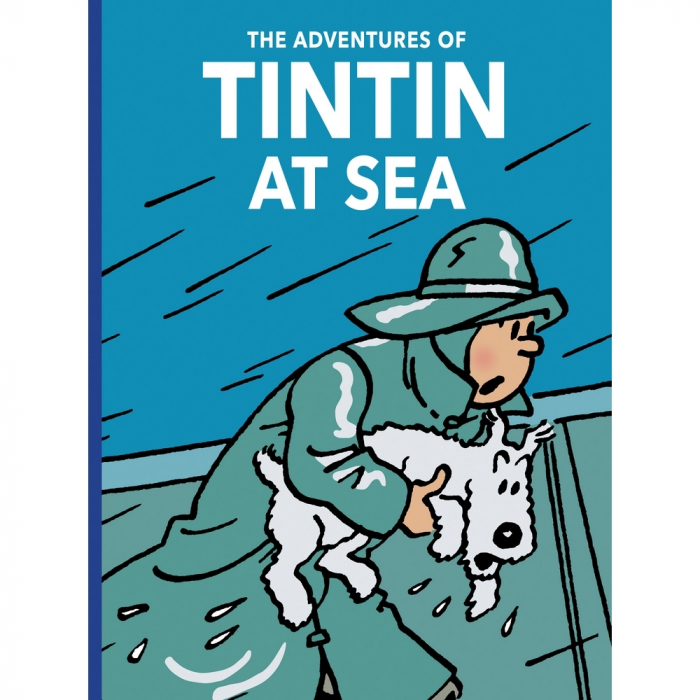

If you have never read the stories, or it is a while since you have, give them a whirl, I guarantee you will be entertained – and informed.This review is part of our coverage of the 2021 Chicago International Film Festival.Īt this point in his career, you know what to expect from Wes Anderson, he of the symmetrical shot compositions and fastidiously-mannered sensibilities. But at their heart they are carefully crafted, beautifully illustrated rollicking adventure stories, filled with colourful characters, intrigue, suspense, humour and – above all – good cheer. So, for my mother and me at least, Tintin is incredibly important and, I would argue, beneficial for children. Mum later read them and insists to this day they have helped her with many a pub quiz. She claims that from then on, she had no worries about comics – clearly they were educational. When questioned where I had picked up said nugget, I replied: “It was in a Tintin book.” This proved to be a turning point. Portugal followed the European tradition that comics were a legitimate reading source not just limited to children – and indeed adults could regularly be seen reading in public places such as the bus and the metro.įamily legend describes an interaction between my mother and me where I mentioned some factual nugget of information (alas, history no longer recalls what this fact was, only that it existed) which my mother was surprised I knew. My mother always encouraged my reading but was a little concerned to see me reading so many comics. I was born in Portugal to an English mother and Portuguese father and moved to the UK for secondary school. Tintin teachesīut if you are still sceptical that anyone might learn anything from comics, let me recount an anecdote from my own personal experience. In terms of history many have claimed that the 24 Tintin adventures are documents of the times in which they were created, reflecting issues in history either directly or in allegorical terms. This includes geographical and cultural knowledge given that Tintin travels to many different parts of the world as well a some more specific historical knowledge about for example, the Japanese invasion of north-eastern China in 1931 which featured in the fifth Tintin adventure, The Blue Lotus (1936). Reading comics also helps the development of visual literacy which is becoming increasingly important in modern society. I have previously suggested that comics should be encouraged as reading materials in schools because they are a way of getting children reading more generally. However, more generally, The adventures of Tintin are important in an educational sense.

Hergé was an innovator in terms of using word and thought balloons – as far as current research has found, Hergé pioneered their use in Belgium, he also developed and expanded the use of symbols such as “speed lines” (the little lines that denote movement) in comics to give further meaning to his drawings. In France, meanwhile, Hergé’s style (known as the ligne claire or “clear line”: (a very clearly drawn style with little shading) was hugely influential on comic book artists.
THE ADVENTURES OF TINTIN BY HERGÉ SERIES
From a comic book perspective, Tintin had a number of important firsts: Tintin was the first successful comic book series in Belgium and led directly to the beginning of the comic book industry there. There are a number of reasons we should celebrate Tintin. Le Petit Vingtième in May 1930, celebrating Tintin’s safe return from his first adventure in the Soviet Union. There has also been a cartoon series and several movies – the most recent of which, The Secret of the Unicorn (2011), was directed by Steven Spielberg. Pretty soon, the serialised adventures were published as books (or “albums”) of which Hergé completed 23 by his death in 1983 (a 24th, unfinished, adventure was posthumously published in 1986). in reverse) – first appeared in the youth section of the Catholic newspaper Le Vingtième Siècle. Tintin, the creation of Belgium cartoonist Georges Remi – also known by his pseudonym Hergé (his initials R.G. From his earliest adventures in January 1929, as he journeyed into the Soviet Union to report on the excesses of Stalinism, the young journalist’s exploits with his friend Captain Haddock have been translated into more than 70 languages and, at last count sold more than 230m copies around the world. For such a perennially young man, always in a hurry to right the world’s wrongs, it may be strange to hear that Tintin has spent nine decades fighting bad guys around the world.


 0 kommentar(er)
0 kommentar(er)
